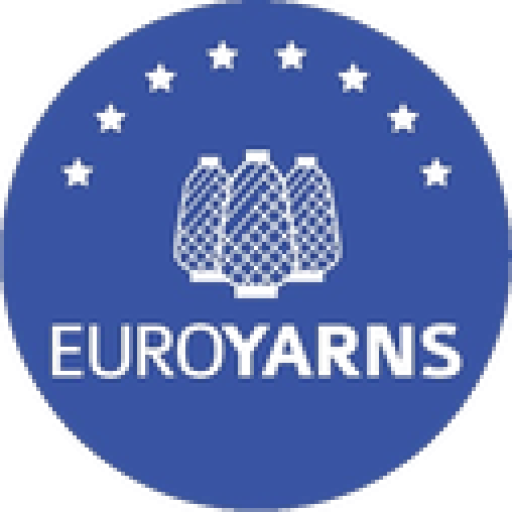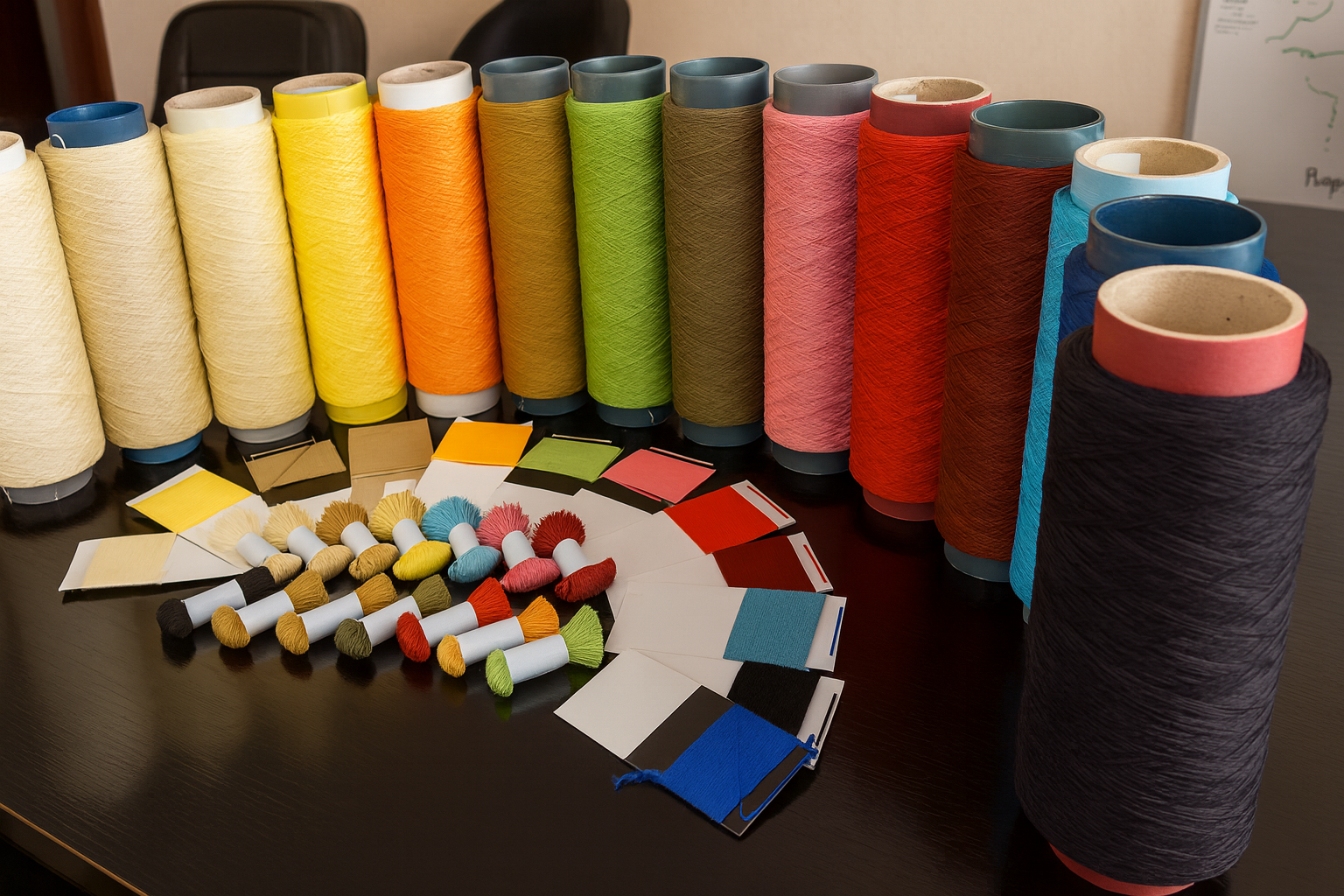
TYPES OF POLYPROPYLENE YARN
PP BCF Yarn
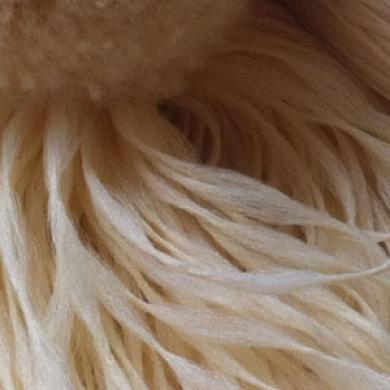
Bulk Continuous Filament: Melting and mixing PP granulates with colorant (Masterbatch) to become single, bi or tricolor synthetic fibre (with up to 210 filaments) in a process that is called extruding.
Material: PP
Titer: 1000-3600 dtex
No. of filaments: 120/144/210
Filament form: trilobal
Colors: mono-color, bi-color and tri-color
PP Frisee Yarn
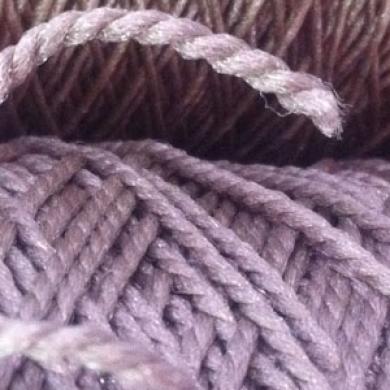
PP Frisee Yarns: PP heatset Yarns (single or double) that are additionally upgraded by means of ‘false’ twist.
Frisee level: low, medium, high.
No of plyes: single and 2ply
Twist direction: S or Z
TPM: 40-200
PP Heatset Yarn
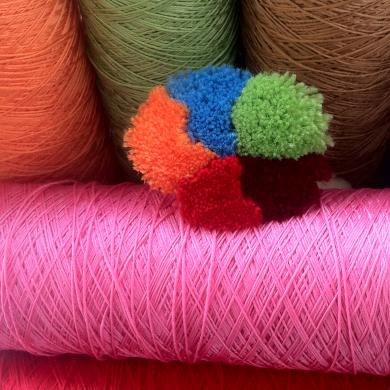
Feed Yarns that are upgraded by means of:
1. Single yarns that are twisted or
2. Double yarns that are cabled and twisted and processed (1) or (2) by means of thermofixation, process called ‘straight’ heatsetting.
No. of plyes: single and 2ply
Twist direction: S or Z
TPM: 40-200
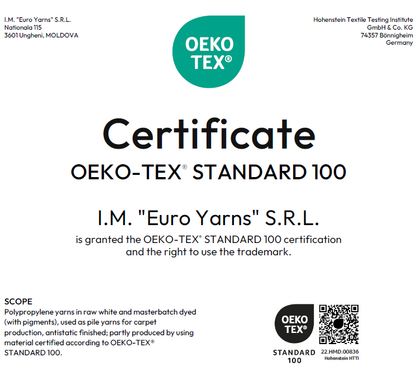 | Internationally certified, globally trusted. PP yarns you can trust. |
| Every stage of our production is closely monitored, with round-the-clock quality checks carried out by skilled operators and controllers. | 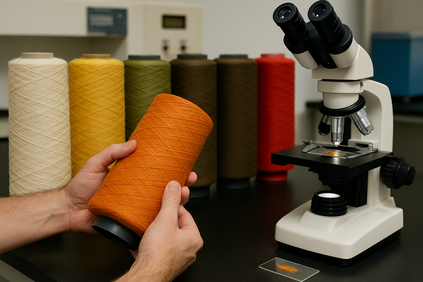 |
Frequently Asked Questions about Polypropylene Yarn:
What is Polypropylene Yarn (PP Yarn)? Polypropylene yarn, often called PP yarn or poly yarn, is one of the most widely used synthetic fibers in the textile and industrial sectors. It is lightweight, durable, recyclable, and known for its excellent moisture resistance. PP yarn is commonly used in carpets, packaging (big bags, woven sacks), geotextiles, ropes, and many other technical fabrics.
Why is Polypropylene Yarn so popular in textiles and industry? PP yarn has gained popularity because it combines several unique advantages:
- It is the lightest synthetic fiber
- It has a hydrophobic structure, meaning it does not absorb water or sweat.
- It is hygienic and hypoallergenic, making it suitable for home textiles.
- It can be engineered with high tensile strength and durability through modern manufacturing processes.
- It is recyclable and more eco-friendly compared to many other synthetic fibers.
What are the main advantages of PP yarn compared to other fibers?
- Lightweight – lighter than polyester and nylon, resulting in efficiency in production and logistics.
- Moisture resistance – PP is water-repellent and dries quickly.
- Stain resistance – its smooth surface prevents dirt from attaching.
- Durability – with twisting and heat-setting, PP yarns achieve high strength and wear resistance.
- Chemical resistance – strong against acids, alkalis, and many solvents.
- Color stability – solution-dyed, so colors remain consistent batch after batch.
- Recyclable – PP can be reused, contributing to a more circular economy.
Where is Polypropylene Yarn used?
- Carpet & Tufting Industry – wall-to-wall carpets, rugs, and automotive flooring.
- Woven Packaging – FIBCs (big bags), woven sacks, strapping tapes.
- Geotextiles & Technical Fabrics – ground stabilization, filters, agro-textiles.
- Ropes & Twines – lightweight, floating ropes and fishing nets.
- Home Textiles – socks, upholstery, decorative fabrics.
Why choose Euro Yarns as your PP yarn supplier? We have been producing polypropylene yarns since 1994 starting in Belgium. From our production base in Moldova, we supply customers across Europe with certified, high-quality PP yarns that meet the strictest international standards.
- Decades of expertise.
- Flexible “boutique” service approach.
- Modern extrusion, twisting, and heat-set capacity.
- Fast deliveries and competitive pricing.
Whether you need yarns for carpets, sacks, or more, Euro Yarns is your reliable partner for polypropylene yarns.
